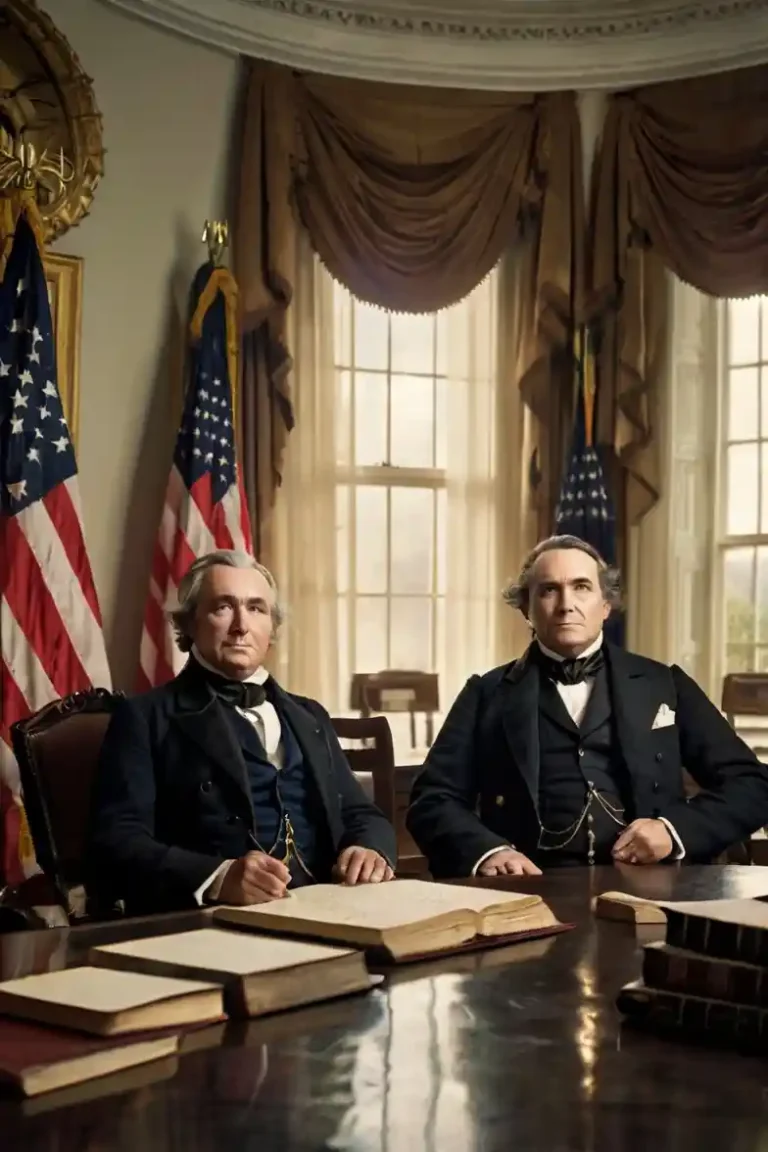The story of Valley Forge is one of resilience, sacrifice, and the unyielding spirit of a people fighting for their freedom. It was here, during the brutal winter of 1777-1778, that the Continental Army faced one of its greatest challenges—not on the battlefield, but in the face of hunger, disease, and despair. Valley Forge became a crucible for the American Revolution, forging a hardened army and proving the resolve of a nation determined to achieve independence.
The Setting: A Winter of Hardship
Located about 20 miles northwest of Philadelphia, Valley Forge was chosen as the winter encampment for General George Washington’s army. Following several defeats in the fall of 1777, including the loss of Philadelphia to British forces, the Continental Army desperately needed a place to regroup and recover. Valley Forge provided a defensible position and proximity to supply routes, but the conditions were far from ideal.
When the army arrived in December 1777, they were met with freezing temperatures, inadequate shelter, and a dire shortage of food and clothing. Soldiers lacked proper uniforms; many were barefoot, leaving bloody footprints in the snow. Supplies were scarce due to logistical failures and a lack of resources from Congress. Hunger and malnutrition became rampant, with soldiers subsisting on meager rations of firecakes—a mixture of flour and water baked over an open flame.
To make matters worse, disease spread quickly through the camp. Typhoid, dysentery, and smallpox claimed the lives of thousands. By the end of the winter, nearly 2,000 soldiers had perished—not from enemy fire, but from the harsh conditions they endured.
The Spirit of Endurance
Despite these hardships, Valley Forge became a turning point for the Continental Army. Much of the credit goes to General Washington’s leadership. He remained steadfast in his commitment to his troops, sharing in their suffering and working tirelessly to secure supplies and support. His presence inspired loyalty and determination among his men.
Washington also understood that survival alone would not be enough; the army needed to emerge from Valley Forge stronger and more disciplined. To achieve this, he enlisted the help of Baron Friedrich von Steuben, a Prussian military officer who arrived at Valley Forge in early 1778. Von Steuben brought with him a wealth of military expertise and a talent for organization.

The Transformation
Von Steuben immediately set to work transforming the ragtag Continental Army into a cohesive fighting force. He introduced rigorous training drills, instilled discipline, and standardized military procedures. His efforts were not only practical but morale-boosting; they gave the soldiers a sense of purpose and confidence in their abilities.
Under von Steuben’s guidance, the army learned how to maneuver as a unified force, improving their effectiveness in battle. His training manual would later become the foundation for American military tactics. By the time spring arrived, the Continental Army had been transformed into a more professional and capable force.
The Legacy of Valley Forge
Valley Forge was more than just a winter encampment; it was a test of America’s resolve. The sacrifices made by Washington’s army during those grueling months became a symbol of the perseverance and determination that would ultimately lead to victory in the Revolutionary War.
The lessons learned at Valley Forge extended beyond military strategy. It demonstrated the importance of unity, leadership, and resilience in the face of adversity. The experience strengthened the bond between soldiers and their commander, solidifying Washington’s role as a leader capable of guiding the fledgling nation through its darkest hours.
Today, Valley Forge stands as a reminder of the sacrifices made by those who fought for America’s independence. The site has been preserved as a national historical park, where visitors can walk in the footsteps of history and reflect on the courage and endurance that defined this pivotal moment.
Conclusion
The winter at Valley Forge tested the limits of human endurance and showcased the indomitable spirit of those who believed in the cause of liberty. It was not just a battle against nature but a battle for survival—a battle that proved America’s resolve to be unbreakable. As we remember Valley Forge, we honor the legacy of those who endured unimaginable hardships to lay the foundation for freedom and democracy. Their story continues to inspire us to persevere in the face of challenges, reminding us that even in our darkest moments, hope and determination can lead to triumph.





